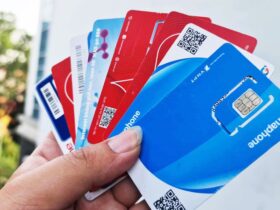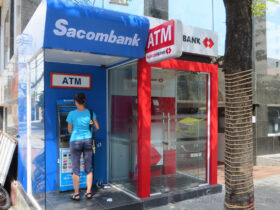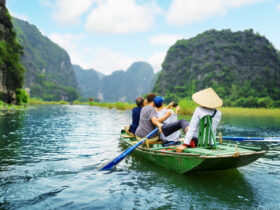Traveling to Vietnam and wondering about the tap water? You’re not alone. While the country is full of incredible sights and delicious food, water safety is something to think about. From brushing your teeth to ordering iced drinks, there are a few things you should know to avoid any unpleasant surprises. Let’s break it down so you can stay safe and enjoy your trip.
Understanding the quality of tap water in Vietnam
Regional differences in water quality
The quality of tap water in Vietnam isn’t consistent across the country. Urban areas, like Hanoi and Ho Chi Minh City, generally have better water treatment systems, but even there, the water might not meet international drinking standards. Rural regions often face more significant challenges, with untreated water sources and older infrastructure contributing to contamination. This disparity highlights the importance of knowing the local conditions before relying on tap water.
Common contaminants found in tap water
Vietnam’s tap water can contain a variety of harmful substances. Common contaminants include E. Coli, ammonia, and even arsenic in some areas. These pollutants can result from industrial runoff, agricultural activities, and aging pipelines. While the water may look clear, it’s often not safe for drinking without proper treatment. Tap water treatment in Vietnam is still evolving, leaving gaps in its safety.
Government efforts to improve water safety
The Vietnamese government has been working to address these issues. Investments in modernizing water treatment facilities and setting stricter Vietnam water safety standards are ongoing. However, progress is slow, and many regions still lack access to clean drinking water. Travelers should remain cautious and explore alternatives like bottled or filtered water to ensure their safety.
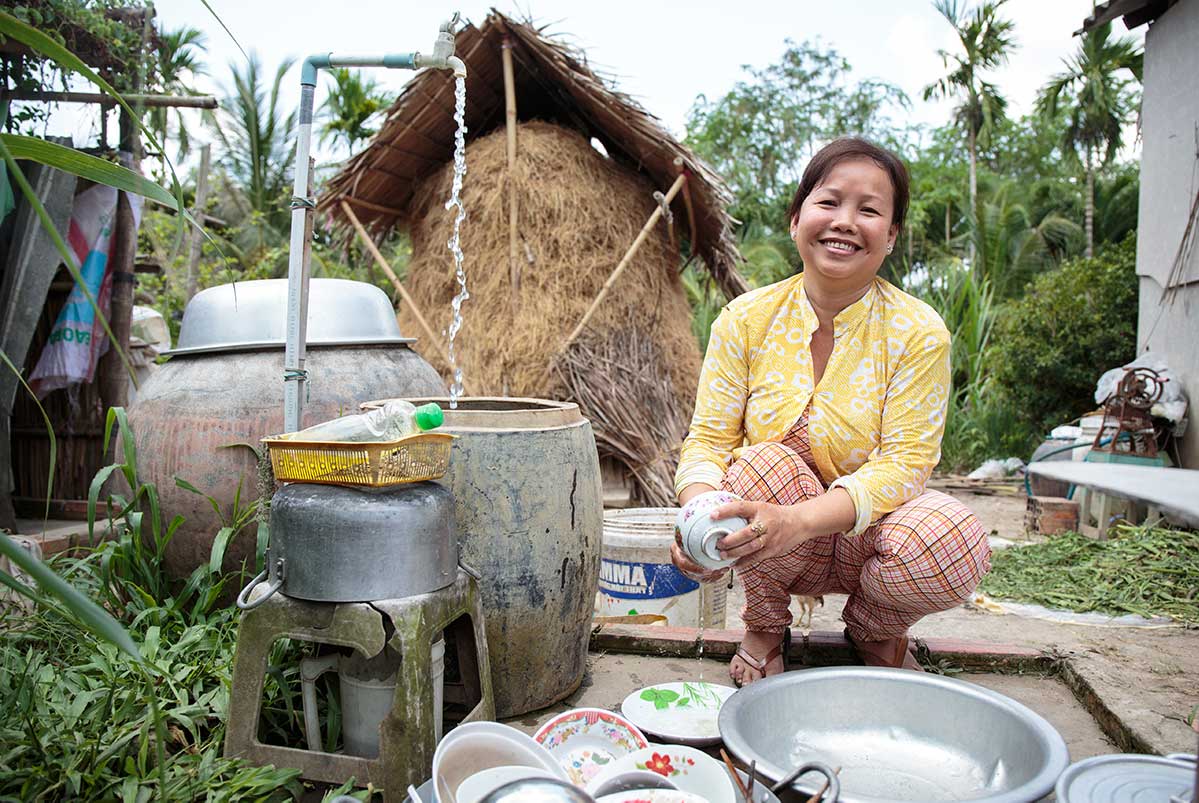
Is it safe to drink tap water in Vietnam?
Health risks of drinking unfiltered tap water
Drinking tap water in Vietnam without treating it first is not recommended. While the water may look clear, it can still contain harmful contaminants like E. Coli, ammonia, and even traces of arsenic. These impurities pose health risks ranging from mild stomach discomfort to more serious illnesses. Even in urban areas where water treatment facilities exist, the water is not considered safe for direct consumption.
Alternatives to tap water for drinking
For travelers, bottled water is the safest and most convenient option. Trusted brands like Vinh Hao, Lavie, and Aquafina are widely available in convenience stores, supermarkets, and even street vendors. Always check that the bottle is sealed properly before purchasing. Another option is using a portable water filter or purifier, which can be handy for those traveling to remote areas or looking to reduce plastic waste.
Boiling tap water as a safety measure
If bottled or filtered water isn’t accessible, boiling tap water is an effective way to make it safer for drinking. Boil the water for at least one minute to kill bacteria and pathogens. After boiling, let it cool before drinking. This method is especially useful for preparing hot drinks like tea or coffee, where the boiling process is already part of the preparation.
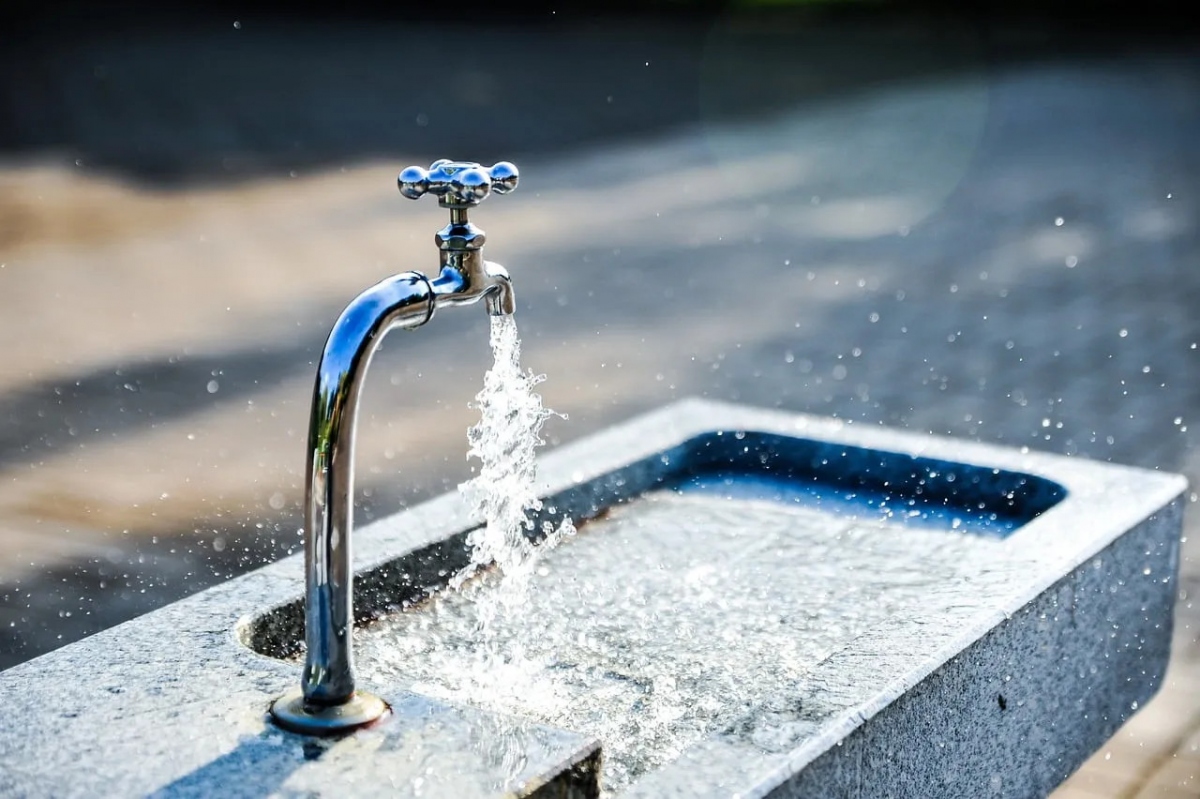
Using tap water for brushing teeth
Safety considerations in urban areas
In Vietnam’s urban areas, tap water quality is generally better than in rural regions. While many locals use tap water for brushing their teeth without issue, travelers should still exercise caution. Tap water in Vietnam may contain contaminants like bacteria or heavy metals, even in cities. Using bottled or filtered water for brushing is a safer option, especially for those with sensitive stomachs or weakened immune systems. If you do use tap water, avoid swallowing it.
Risks in rural or less developed regions
In rural areas, the risks associated with using tap water for brushing teeth increase significantly. Water treatment infrastructure is often less developed, meaning contaminants like E. coli, heavy metals, and pesticides can be present. For these areas, it’s strongly recommended to stick to bottled or filtered water. Always check the seal on bottled water to ensure it’s safe for use.
Tips for minimizing risks while brushing
Here are some practical suggestions to reduce risks when brushing your teeth in Vietnam:
- Use bottled or filtered water for both brushing and rinsing your toothbrush.
- If bottled water isn’t available, boiling tap water before use can help eliminate bacteria and other harmful organisms.
- Keep a small travel-sized water filter or purifier handy for emergencies.
- Store your toothbrush in a clean, dry place to avoid contamination from environmental factors.

Showering and bathing with tap water
General safety of bathing in Vietnam
Showering and bathing with tap water in Vietnam is generally safe for most travelers. While the water quality might not be drinkable, it typically poses minimal risks for external use. Urban areas like Hanoi and Ho Chi Minh City often have better water treatment systems compared to rural regions. However, it’s always good to be cautious if you have sensitive skin.
Skin sensitivity and water quality
For those with skin conditions or sensitivities, the mineral content and possible contaminants in tap water could cause mild irritation. If you notice dryness or itchiness after bathing, consider using a mild, fragrance-free moisturizer to soothe your skin. Travelers with eczema or other skin conditions may want to use filtered water or limit their exposure to tap water.
Precautions for children and sensitive individuals
Children and individuals with weakened immune systems should take extra care. Their skin can be more reactive to impurities in water. Here are a few tips:
- Use lukewarm water instead of hot to avoid opening pores too much.
- Rinse thoroughly to remove any residue from soaps or shampoos.
- Consider using bottled or filtered water for sponge baths if you’re particularly concerned.
For most people, showering or bathing with tap water in Vietnam is a non-issue, but a little extra care can go a long way in ensuring comfort and safety.
Cooking and washing food with tap water
Is it safe to cook with tap water?
Cooking with tap water in Vietnam is generally considered safe. The process of boiling water during cooking effectively eliminates most bacteria and harmful pathogens. This makes it a viable option for preparing meals, even in areas where water quality may be questionable. However, if you’re cooking dishes that require minimal boiling or steaming, filtered or bottled water might be a safer choice.
Washing fruits and vegetables safely
When it comes to washing produce, exercise caution. Tap water may contain contaminants that can cling to fruits and vegetables, especially if you plan to eat them raw. To minimize risks:
- Use bottled or filtered water for rinsing raw produce.
- Consider peeling fruits and vegetables to remove potential surface contaminants.
- For leafy greens, a quick soak in a solution of bottled water and a small amount of vinegar can help.
When to use bottled or filtered water
For certain tasks, opting for bottled or filtered water is a smarter choice. These include:
- Washing produce that will be eaten raw, such as salads or fruits.
- Preparing baby food or meals for individuals with compromised immune systems.
- Making beverages like tea or coffee, where water quality directly impacts flavor and safety.
If you’re dining out, remember that food safety in Vietnam can vary. Choosing busy dining spots with high turnover can reduce risks, but always stay cautious about how food is washed and prepared.
Ice cubes and beverages in Vietnam
Types of ice commonly used
In Vietnam, there are generally two types of ice: filtered and unfiltered. Filtered ice is widely used in restaurants, cafes, and hotels, and is considered safe for consumption. This type of ice is produced using purified water and follows hygienic practices. On the other hand, unfiltered ice, which may be made from untreated tap water, is not recommended as it can contain bacteria or impurities.
How to identify safe ice
Identifying safe ice can be tricky, but here are a few tips:
- Filtered ice often comes in uniformly shaped cubes or cylinders, as it’s machine-made.
- Unfiltered ice may appear irregular in shape and texture.
- If you’re unsure about the ice quality, it’s best to ask the vendor or stick to drinks without ice.
Tips for ordering drinks safely
When ordering beverages in Vietnam, keep these points in mind:
- Opt for drinks served in sealed bottles or cans, such as soft drinks or beer.
- Choose hot drinks like tea or coffee, as the water is boiled, making it safer.
- If you prefer cold drinks, ask for them without ice or ensure the establishment uses filtered ice.
For travelers, staying cautious about ice and beverages is a smart way to avoid potential health risks. When in doubt, bottled water is a reliable alternative.

The role of bottled water in Vietnam
Trusted Brands and Where to Buy
In Vietnam, bottled water is a staple for locals and travelers alike. It’s the safest choice for drinking, especially since tap water quality can vary significantly. Trusted brands like Lavie, Aquafina, Vinh Hao, and Dasani are widely available. You’ll find them in convenience stores such as Circle K and FamilyMart, supermarkets, street vendors, and even at tourist spots. For those staying in hotels, bottled water is often provided as a courtesy.
Checking for Proper Seals
Before purchasing, always check that the bottle’s seal is intact. This ensures the water hasn’t been tampered with and is safe for consumption. If the seal looks broken or suspicious, it’s best to choose another bottle. When comparing bottled water vs tap water in Vietnam, this small step can make a big difference in avoiding health risks.
Cost and Availability of Bottled Water
Bottled water in Vietnam is incredibly affordable. Prices typically start at around 10,000 VND (about $0.43 USD) for a 500 mL bottle, making it a budget-friendly option for travelers. Larger bottles, such as 1.5 liters or even 4-liter jugs, are available for those who need more water for cooking or extended stays. Availability is rarely an issue, as bottled water is sold virtually everywhere, from urban centers to rural areas.
For washing fruits and vegetables, it’s also advisable to use bottled water as an extra precaution.
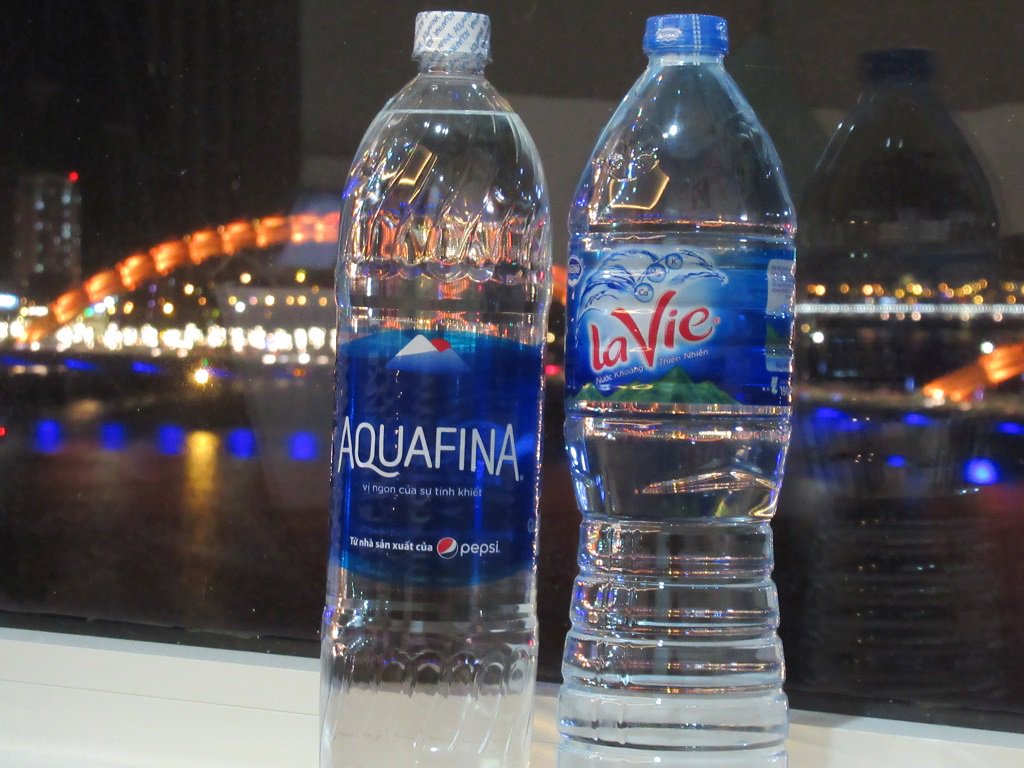
Practical tips for travelers regarding tap water
Carrying hand sanitizers and bottled water
When traveling in Vietnam, always keep a small bottle of alcohol-based hand sanitizer with you. This is especially handy when soap and clean water aren’t available. Carrying bottled water is a must—not just for drinking but also for brushing your teeth or rinsing your mouth. Make sure the bottles are sealed properly before purchasing to avoid counterfeit products.
Using water filters or purifiers
Investing in a portable water filter or purifier can be a game changer, particularly if you plan to venture into rural areas. These devices can help you safely use tap water for cooking or even drinking. Look for compact options that are easy to carry and maintain.
Avoiding risky practices with tap water
To minimize health risks, avoid drinking tap water directly or using it to clean contact lenses. Stick to bottled water for these tasks. If you’re dining out, opt for drinks served in sealed bottles or cans instead of those with ice. Ice quality can vary, and it’s better to be cautious.
Understanding local practices and norms
How Locals Use Tap Water
In Vietnam, tap water is generally not consumed directly by locals. Instead, it is commonly used for tasks like washing dishes, cleaning, and bathing. For drinking, most households rely on bottled or filtered water. In urban areas, some families invest in home filtration systems, while others simply boil tap water before use. Boiling is a traditional method that has been passed down through generations, and it’s still widely practiced today. This method is seen as a simple, effective way to ensure water safety.
Cultural Attitudes Towards Water Safety
Water safety is a topic of concern, but it’s often approached with a practical mindset. Many Vietnamese people are aware of the limitations of the local water supply and adapt their habits accordingly. In rural areas, where access to clean water can be more challenging, locals may rely on rainwater collection or community wells. Interestingly, cultural norms often include sharing advice on safe water practices, especially with newcomers or visitors.
Learning from Local Experiences
Travelers can gain valuable insights by observing and asking locals about their water habits. For example:
- Notice whether locals drink tap water or opt for bottled alternatives.
- Pay attention to how ice is made and whether it’s sourced from purified water.
- Ask about trusted brands of bottled water or filtration systems.
By following local practices, travelers can minimize risks and better understand the importance of water safety in Vietnam. For instance, drinking only bottled water is a common and practical approach to avoid stomach issues. This simple step can make a big difference in ensuring a safe and enjoyable trip.
Environmental considerations for water use
Reducing plastic waste from bottled water
Travelers often rely on bottled water in Vietnam to avoid tap water risks, but this habit can contribute to significant plastic waste. Consider using refillable water bottles and seeking out water refill stations, which are becoming more common in urban areas. Many hotels and hostels also provide filtered water for guests, reducing the need for single-use bottles. If you do buy bottled water, make sure to recycle the empty bottles properly.
Sustainable alternatives for travelers
There are several eco-friendly options for ensuring safe drinking water while minimizing environmental impact:
- Portable water filters: Compact and easy to use, these can turn tap water into a safer option.
- UV sterilizers: Devices like UV pens can kill bacteria and viruses in seconds.
- Water purification tablets: Lightweight and effective, these are great for rural or remote areas.
These methods not only reduce waste but also save money in the long run.
Supporting local water safety initiatives
Travelers can play a role in improving water safety by supporting local efforts. For example, some organizations in Vietnam work to provide clean water access to rural communities. By donating to or volunteering with these groups, you can help address water challenges in areas like the Mekong Delta. Additionally, choosing accommodations or tours that prioritize sustainability sends a message that eco-conscious practices matter to travelers.
Wrapping It Up
When it comes to tap water in Vietnam, a little caution goes a long way. While it’s generally safe for things like bathing or cooking, drinking it straight from the tap isn’t the best idea. Bottled water is cheap and easy to find, so it’s worth sticking to that for drinking and even brushing your teeth if you’re unsure about the water quality in your area. And don’t forget to check the seal on bottled water before you buy it. By taking a few simple precautions, you can avoid any water-related hiccups and focus on enjoying your trip. After all, Vietnam has so much to offer—don’t let something as small as water get in the way of your adventure.
